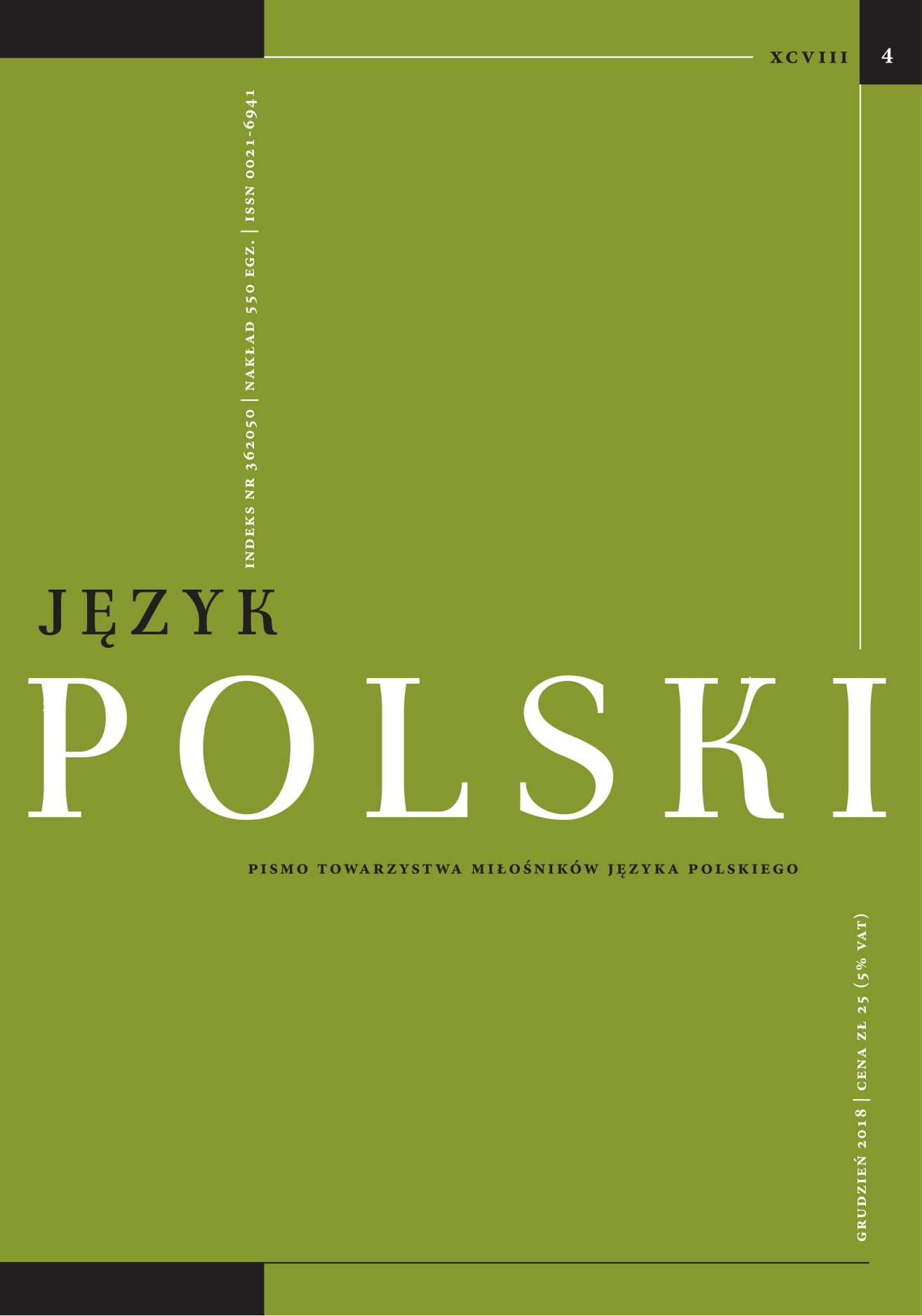Kiedy z jedną kropką, kiedy z dwiema? O położeniu języka podczas artykulacji niesamodzielnych wariantów samogłosek
When with one dot, when with two? On the tongue root position during the articulation of dependent variants of vowels
Author(s): Piotr WojdakSubject(s): Theoretical Linguistics, Applied Linguistics
Published by: Towarzystwo Miłośników Języka Polskiego
Keywords: articulation phonetics; vowel; phonetic alphabet; positional and positional-free allophones; tongue root position
Summary/Abstract: The vowels articulatively dependent on the tongue root position changed in relation to the basic vowels – mainly due to the nearness to soft speech sounds, but also some semivowels/glides – are marked in the Slavic phonetic alphabet with one or two dots. This double convention is not adequately explained in the Polish phonetics (a certain exception is the work of Madelska and Witaszek-Samborska, 1998). Also in the works in which – as part of the API [the International Phonetic Alphabet] – dot-shaped diacritics are not used, relations between types of articulation shifts of Polish vowels: vowel increasing, vowel breaking and vowel reduction are unclear. Meanwhile, one dot should be translated as an increase in articulation in the absence of vowel breaking ([ė], [ȯ]), two dots – as its vowel breaking (with an increase as an indifferent attribute: [ä] and [ö] are vowel breaking, [ü] – no). If we also include the retracted vowel [ë], then the two dots must be recognized more broadly – as vowel reduction (vowel breaking or retraction).
Journal: Język Polski
- Issue Year: 2018
- Issue No: 4
- Page Range: 15-27
- Page Count: 13
- Language: Polish

